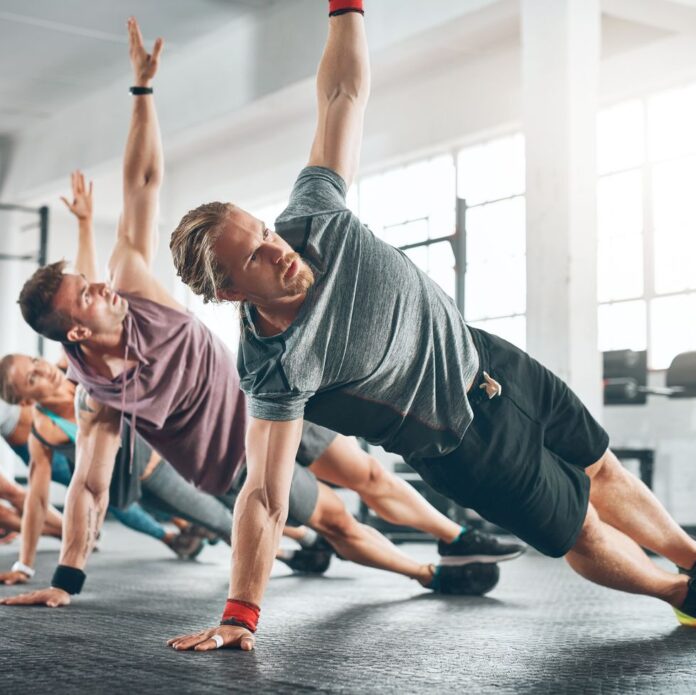By Alex Abad-Santos 2020
While some companies, like Barry’s and SoulCycle, have adjusted and taken their classes online or on apps, they’re still not making the same kind of revenue they would if their studios were open.
It’s not as simple as getting an all-clear. When studios do open across the country, they’ll likely have to adopt changes including limited capacity and health protocols, like making clients wear face masks.
For example, look at this retrofitted gym in Hong Kong, one of the places in the world that have done a relatively good job of controlling the outbreak. It looks more like office cubicles than treadmills:

This looks like something out of a sci-fi show or a fictional future. Are people going to want to work out like that? Especially when the options for online workouts at home, while expensive, seem to be safer and maybe more appealing than running on an altered treadmill.
Fitness studios have always been germy
According to research collected by the National Institutes of Health, gyms and fitness studios operating at full capacity are high infection risks for respiratory diseases like the flu and tuberculosis (as respiratory disease, the coronavirus would ostensibly carry the same risk, but this study was done prior to the outbreak). The concern is even worse if they’re without proper ventilation. Gym and exercise equipment surfaces are susceptible to harboring staphylococci bacteria, and can also be a breeding ground for HPV, strep, and E. coli.
Coronavirus transmission in group fitness settings has not yet been extensively researched in the US, as the country still has work to do in testing and contact tracing. But there’s a disconcerting study out of South Korea that has found a cluster of infections from a group fitness class there. According to a CDC research letter from health experts at South Korea’s Dankook University Hospital and College of Medicine, a total of 112 people were infected with the coronavirus from a fitness dance class — the majority, 50.9 percent, of those infections were from instructor to student.
Group fitness studios are going to need financial help
A full group fitness class at Barry’s or SoulCycle can mean around 60 people in one room. If the health directive from state officials limits capacity to 30 people in a fitness studio, that would mean a company would need to have two full classes to make the revenue for one, pre-pandemic. For SoulCycle, which has more than 90 studios worldwide, the financial hit can be exponential if they have to make up that kind of money at each studio.
Closed studios can’t make money. Many of these studios don’t have the bankroll of a big company, as SoulCycle does with Equinox, either. That means no money for staffers, instructors, and rent.
–
I have enjoyed group fitness prior to Covid-19. Group classes definitely have a higher rate of retention; and it’s the community culture that makes people wanting to go back. There were relationships built between the staff and the customers. Building a community is building a place where failure is not the end of the world. As people practicing social distancing and staying away from the gym, how do people get the energy and the fitness community? There are things that you get from an in-person class that would not be replicated. This post a good question to think about when designing exercising experience for the future.




